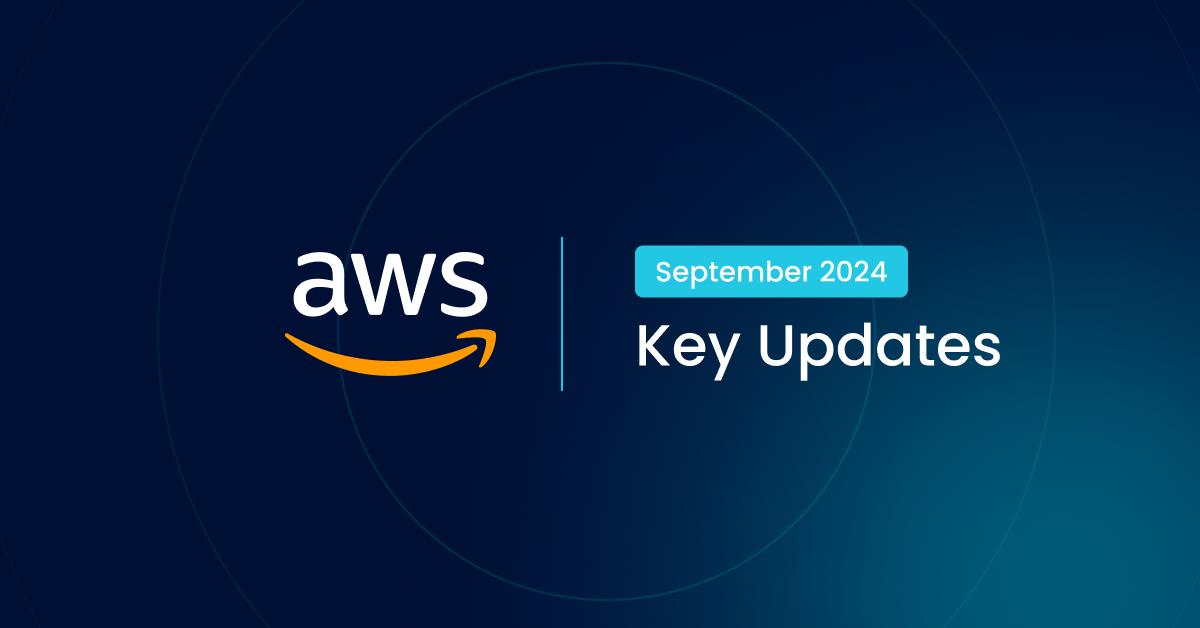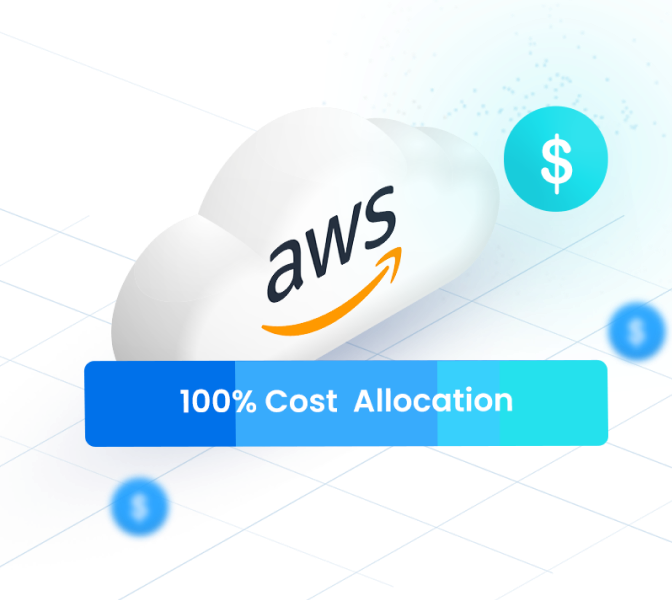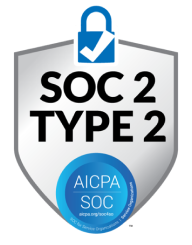With dozens of announcements and blogs published each week, it can be challenging to sift through and understand the most impactful updates in the world of AWS.
That’s why we developed this monthly series highlighting the most notable recent AWS news and thought leadership, curated by the nOps engineering team.
Find out what’s new, what’s hot, and what’s going to save you money on your AWS bill.
September 2024: The latest in Cost Optimization News
Lots of shiny new EC2 Instances
In September, you now have access to:
- P5e instances, powered by NVIDIA H200 Tensor Core GPUs designed for the latest and most compute-guzzling GenAI models and LLMs. (Be warned, P5e doesn’t exactly come cheap).

- OR1 instances for existing Amazon OpenSearch Service domains with 30% price-performance improvement over existing instances
- X8g Instances powered by AWS Graviton4 delivering up to 60% better performance than AWS Graviton2-based Amazon EC2 X2gd instances, for memory-intensive workloads
- C8g instances and M8g instances powered by AWS Graviton4 processors deliver up to 30% better performance over Graviton3-based instances.
- G6 instances powered by NVIDIA L4 GPUs now available in Europe (Spain) region for various ML and graphics-heavy use cases
- M7G instance support now available in Europe (London) makes it easy to upgrade existing x-86 based based M5 or T3 instances to more cost-effective M7G instances
New purchase recommendations for Amazon DynamoDB reserved capacity
IPv6 support continuing to roll out
- AWS Elastic Beanstalk added support for IPv6 inbound traffic to service endpoints
- Amazon EC2 Instance Connect now supports IPv6

Goodbye, Amazon App Mesh
GitLab Runners Now on CodeBuild
Amazon S3 Express One Zone now supports AWS KMS with customer managed keys
Starting today, you can use AWS KMS customer managed keys to encrypt data at rest, with no impact on performance.
What’s the cost optimization angle? S3 Bucket Keys are free and reduce the number of requests to AWS KMS by up to 99%, optimizing both performance and costs.
AWS Cloud Cost Allocation: The Complete Guide
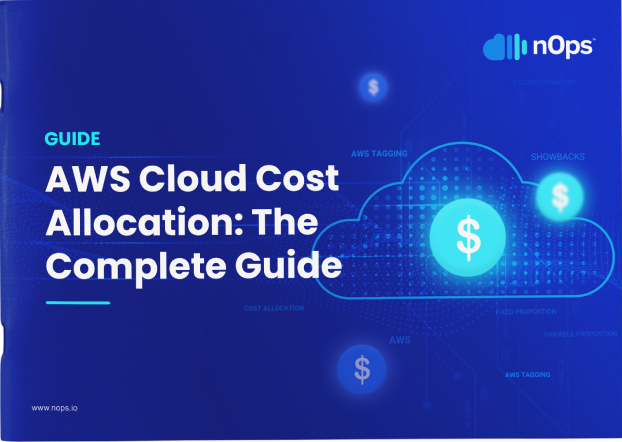
SNS now delivers SMS text messages via AWS End User Messaging
Amazon RDS Performance Insights supports Aurora cluster-level configuration
No more configuring each Aurora instance one by one. You can now configure Performance Insights or Enhanced Monitoring on all the instances within an Aurora cluster with a single click in the console or through APIs — new instances added by AWS Auto Scaling will automatically inherit the settings as well.
This month AWS also announced that RDS Performance Insights also now support queries run through Data API.
Editor’s Pick — The Best of Blogs & Articles This Month
GenAI

Accelerate quantum software development on Amazon Braket with Claude-3
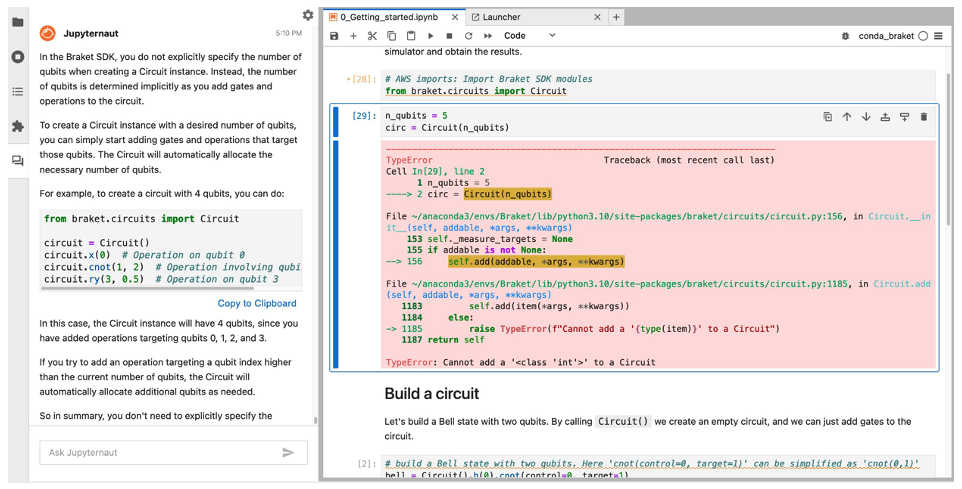
Building an efficient MLOps platform with OSS tools on Amazon ECS with AWS Fargate
The Best in Cost Optimization
How Samsung Cloud optimized Amazon DynamoDB costs
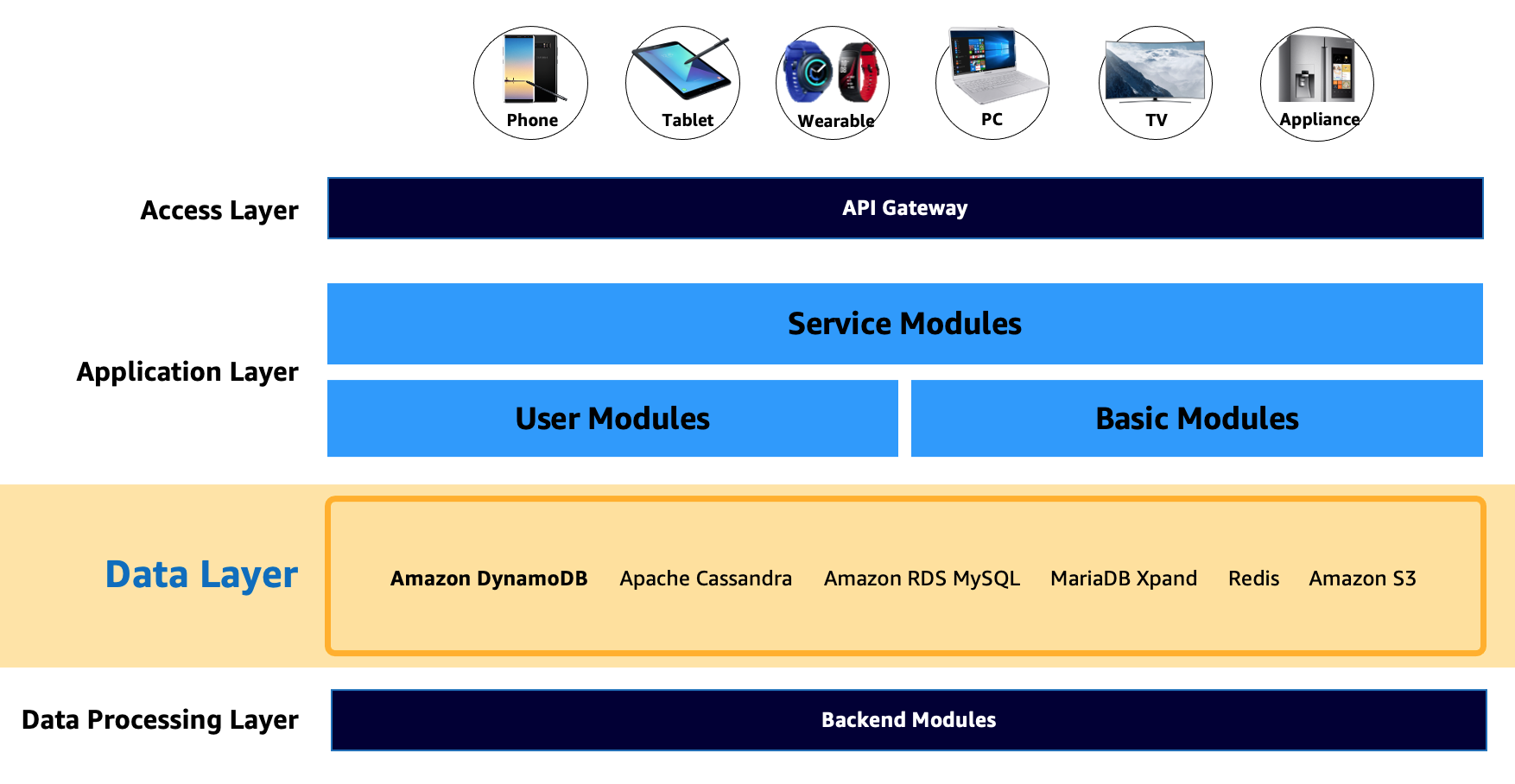
Optimize storage cost for your Athena queries
Transition data to cheaper storage with Amazon S3 Lifecycle + custom filtering
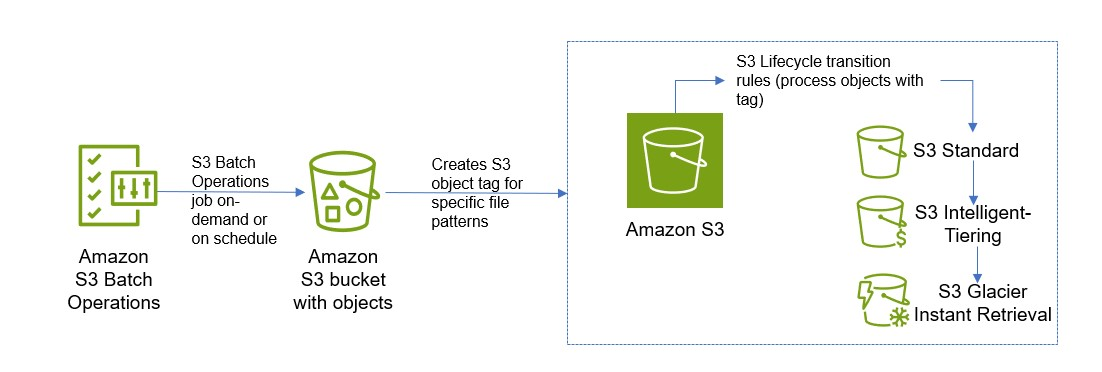
Optimizing Amazon S3 data transfers over Direct Connect
About nOps
If you’re looking to save on your AWS costs, nOps makes it easy for engineers to take action on cloud cost optimization.
The nOps all-in-one cloud platform features include:
- Business Contexts: Understand and allocate 100% of your AWS bill down to the container level
- Compute Copilot: Intelligent provisioner that helps you save with Spot discounts to reduce On-Demand costs by up to 90%
- Commitment management: Automatic life-cycle management of your EC2/RDS/EKS commitments with risk-free guarantee
- Storage migration:One-Click EBS volume migration
- Rightsizing: Rightsize EC2 instances and Auto Scaling Groups
- Resource Scheduling: Automatically schedule and pause idle resources
nOps was recently ranked #1 with five stars in G2’s cloud cost management category, and we optimize $1.5+ billion in cloud spend for our customers.
Join our customers using nOps to understand your cloud costs and leverage automation with complete confidence by booking a demo today!
.png?width=1920&height=1080&name=Landscape%20(4).png)

